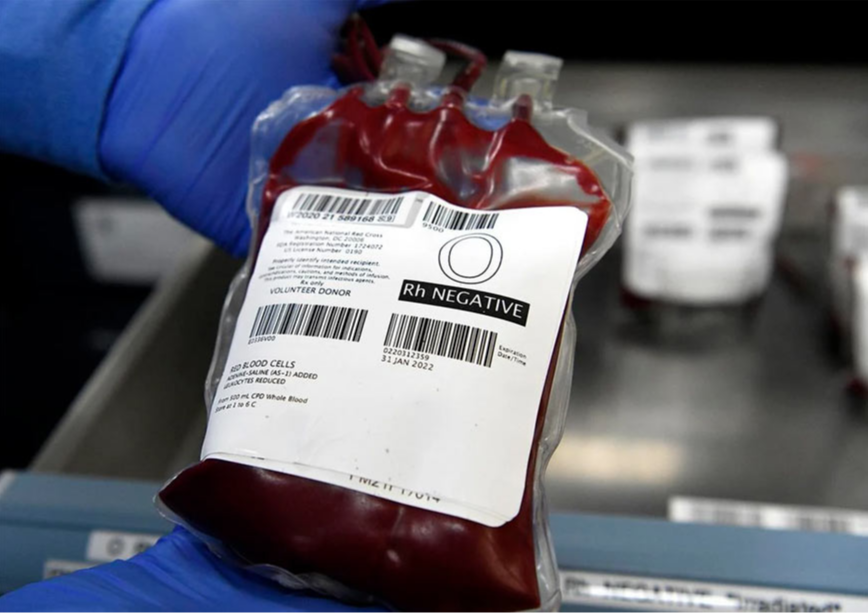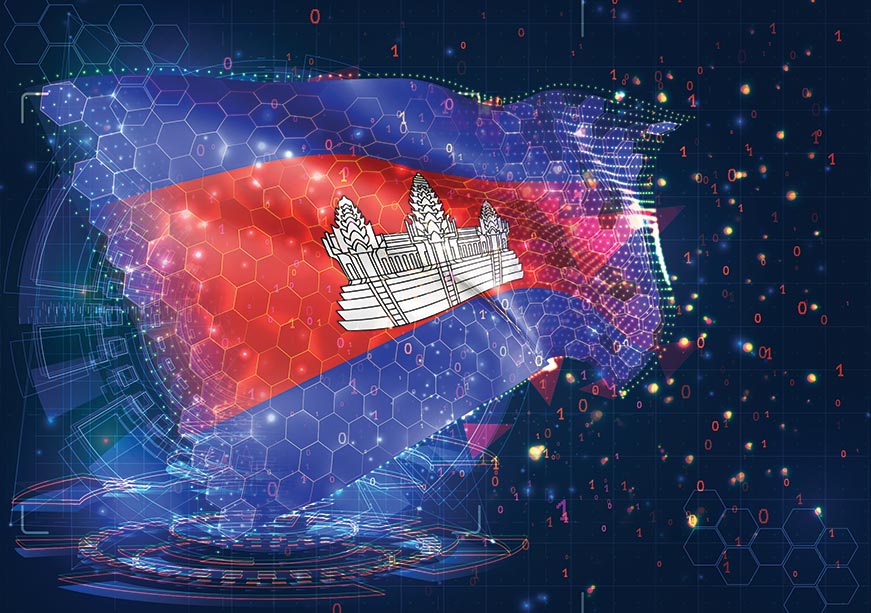
Blood donation is critical to healthcare, saving millions of lives each year. However, the World Health Organization (WHO) reports significant disparities in blood donation rates across different income levels. High-income countries report 31.5 donations per 1,000 people, low-middle-income countries report 6.6, and low-income countries report a mere 5.0 donations.
The population need for blood is defined as the number of blood units required to transfuse all who require transfusion in a defined population over a certain period. Clinical demand is the total number of units of whole blood and components required to meet all blood transfusions for emergencies and elective procedures at health facilities over a defined period.
The population need for blood is defined as the number of blood units required to transfuse all who require transfusion in a defined population over a certain period.
India, too, faces a severe blood shortage. Lancet’s report discusses the required blood products; the demand in India stands at 40.9 million units, equivalent to 85 donations per 1,000 eligible people (around 0.4 billion). As of 2018, the donations were around 19 million units through 12.4 million donations. This shortage is exacerbated by the wastage of due to inadequate storage facilities. The non-availability of quality blood is estimated to cause nearly 12,000 deaths daily as of 2022. Bridging this gap between the need and clinical demand is multifactorial and requires multi-sectoral efforts.
Jashpur’s solution
Patients, already burdened by illness, wait for long durations for blood transfusions. They call and go from one blood bank to another to find the matching blood. This is especially difficult in remote areas where there are limited storage facilities. In such circumstances, delayed intervention can exacerbate the health conditions, which can even result in fatalities. It is challenging for patients with unique blood types and individuals suffering from blood disorders (Sickle Cell Anemia, Thalassemia, etc.) who require blood transfusions regularly.
Recognising the severity of this issue, the district administration of Jashpur, Chhattisgarh, implemented a technology solution to improve blood availability and accessibility. The administration updates the availability of blood in the district’s blood banks and blood storage units daily on the district NIC portal. This transparency allows those in need to check the availability status and procure blood from the nearest health centre, a facility previously lacking. This ensures knowing where the required blood type is available, reducing the crucial procurement time when in need.
The administration updates the availability of blood in the district’s blood banks and blood storage units daily on the district NIC portal.
An institution-wise login ID was created on the healthjashpur.com web portal to facilitate this. The individuals in charge of the blood banks and storage units were trained to update the data daily. The district NIC was given access to the department’s portal to publish the data on the official district website.
Citizen registration
The district NIC portal also provides a link for willing citizens to register as blood donors to promote voluntary blood donation. This registry aids blood donation camps and hospitals in reaching out to potential donors when needed. This database allows potential donors to participate in blood donation drives in case of emergencies.
A proactive and transparent approach towards governance leveraging technology.
Since the project was initiated around six months ago, it has ensured that all patients in need are informed of the type of blood, its current availability, and its location. The data projects a total collection of 3,734 units of blood and subsequent distribution of 3,565 units among more than 2,500 beneficiaries.
A Lancet study shows that there has been a gradual increase in donations in the country to address a clinical demand. A precise estimation of this demand and a platform for donors to volunteer in this activity can help boost the activities of donations. Making the data available online has a meaningful impact on all involved stakeholders in the following ways:
Health facilities: Making the real-time availability of blood online helps hospitals and clinics better plan their blood needs. All hospitals and Blood Storage Units (BSUs) can access the data and understand the existing stock of available blood. If it is available at a different facility, it can be procured quickly. If a specific blood type is unavailable, the hospitals can contact the potential donors in an emergency. Blood storage units can manage their inventories more efficiently and provide a steady supply of different blood types and components per demand. This has also reduced wastage due to expiry.
Blood storage units can manage their inventories more efficiently and provide a steady supply of different blood types and components per demand.
Patients: There’s always a demand for blood in emergencies. However, many patients and families face trouble accessing this information. Increasing transparency about blood availability empowers patients and reduces uncertainty.
Government: The administration has taken the onus of publicly displaying information. On the healthcare front, this helps encourage blood donations through the citizen's register. It also allows the administration to estimate the potential supply in emergencies and organise blood donation drives periodically. On the policy front, this approach demonstrates a successful pilot that can introduce transparency in other governance domains.
A model for other regions
Jashpur administration’s approach addresses the blood donation crisis on multiple fronts. The model ensures up-to-date and accurate information through institution-wise data entry, facilitating better coordination during emergencies. It also encourages voluntary blood donation through citizen registration, potentially adding to the blood supply.
The model ensures up-to-date and accurate information through institution-wise data entry, facilitating better coordination during emergencies.
The initiative takes forward the approach under the ebloodbank and eraktkosh applications of the Government of India. It allows the dashboard integration with the district’s official website and provides flexibility with customised dashboards, availability of data for analysis at the district level, etc. Going forward, it can integrate with the Electronic Health Records (EHR) implemented under the Ayushman Bharat Digital Mission (ABDM). It will ensure that every allocation and donation of the blood unit linked to the ABHA ID will be updated in real-time in the system, thus preventing the need to update the status manually.
In conclusion, while the blood donation crisis is multifaceted, Jashpur’s solutions highlight positive steps taken at the local level. They focus on the impact of people-centric practices and the potential of technology for transparency and effective implementation. By making data publicly available, it exemplifies a transparent and proactive approach, shifting the responsibility of information dissemination and accessibility to the administration itself. At the same time, they hold lessons for existing solutions to make them more effective and people-centric.
Ravi Mittal is an Indian Administrative Services (IAS) officer currently posted as the District Collector of the District, Chhattisgarh.
Sambit Mishra is an Indian Administrative Services (IAS) officer currently posted as the Chief Executive Officer of the Zila Panchayat Korba, Chhattisgarh.
The views expressed above belong to the author(s). ORF research and analyses now available on Telegram! Click here to access our curated content — blogs, longforms and interviews.




 PREV
PREV



